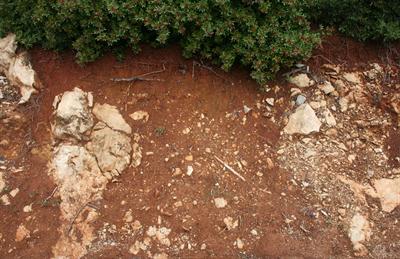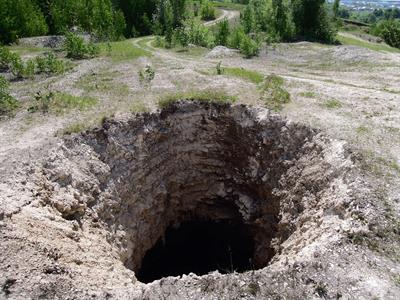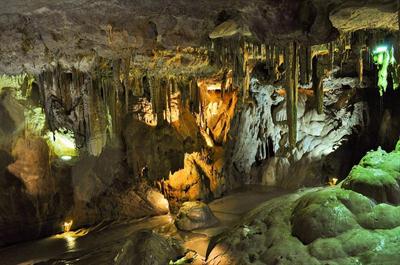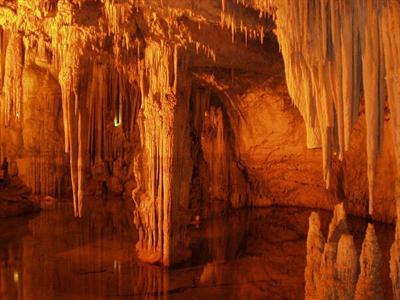PDF chapter test TRY NOW
Karst is a landscape that is characterised by copious caves, sinkholes, fissures, and underground streams. It is usually formed in regions of abundant rainfall where bedrock consists of carbonate-rich rock, such as limestone, dolomite or gypsum, that is easily dissolved in water. Surface streams are usually absent from karst topography. Groundwater is an active agent in limestone regions.
In Western Slovenia, limestone topography extends for a distance of 480 km in length and 80 km in width, which is called Karst in the Slavic language. The world’s largest karst area is the Nullarbar, located on the Great Australian Coast.
Karst regions are also found in Southern France, Mexico, Jamaica, Western Cuba, Spain, Central New Guinea, Sri Lanka and Myanmar.
Erosional Landforms of Underground Water
A significant amount of erosion takes place due to the process of solution. Rainwater, along with carbon dioxide on entering into a limestone region, dissolves and destroys much of the limestone. As a result, various types of landforms are formed.
Important landforms of the Karst region are Terra Rossa, Lappies, sinkholes, swallow holes, dolines, uvalas, poljes, caves and caverns.
Important landforms of the Karst region are Terra Rossa, Lappies, sinkholes, swallow holes, dolines, uvalas, poljes, caves and caverns.
Terra Rossa (the Italian term for Red soil)
A red shallow residual clayey soils formed from the dissolution of hard limestone is called Terra Rossa. It occurs in the Mediterranean climate and in limited areas in southern Australia. The redness of the soil is due to the presence of iron oxide.

Lappies
They are grooves and ridges formed on a rock surface by the solution of limestone. Lappies are long furrows formed when the joints of limestones are corrugated by groundwater.
Sinkhole
A sinkhole is a funnel-shaped depression or hole formed when the land surface sinks due to underground limestone rock dissolution or cave collapse. Their average depth ranges between three and nine meters.
The World's deepest sinkhole is in China's xianozhai Tienkang (2172 feet). There are around 15000 Sinkholes in Illinois.

Sinkhole
Caves
Caves and caverns are subterranean features of karst topography formed by the dissolution of limestone rocks due to the erosional activity of carbonic acid formed as a result of carbon dioxide and water interaction. The size and shape of these features vary widely—
Example:
Guptadham caves in western Bihar.
"Speleothems" is the collective term used to call all types of deposits in caves and caverns collectively. It includes travertines, tufa, dripstones.

Karst cave
Depositional Landforms of Underground Water
Stalactites: They are sharp, slender, downward-growing pinnacles that hang from the cave roofs. The water carries calcium in solution, and when this lime-carrying water evaporates in the roof, it leaves behind the solidified crystalline calcium carbonate.

Speleothems
Stalagmite: And when the moisture drips from the roof, it trickles down the stalactite and drops to the floor, where calcium is deposited to form stalagmites.
Pillars: Over time, the stalactite hanging from the roof is eventually merged to the stalagmite growing from the floor to form a pillar.
